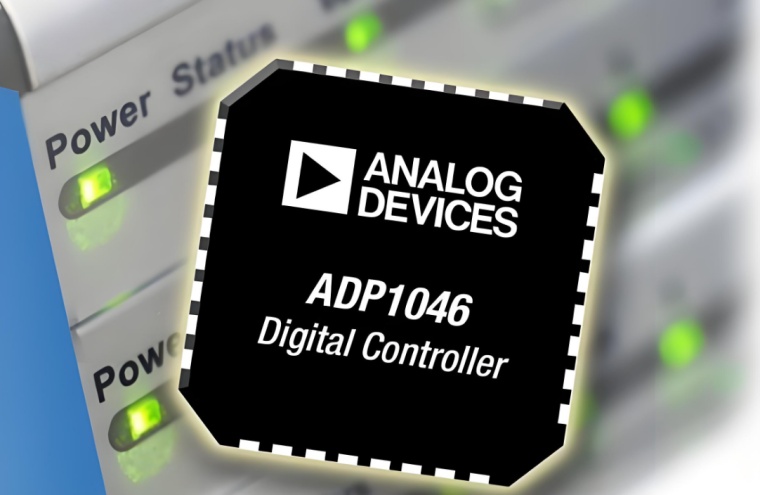**High-Speed Data Acquisition System Design Using the AD9288BST-100 8-Bit ADC**
The design of a high-speed data acquisition (DAQ) system is a critical task in applications ranging from radar and communications to medical imaging and automated test equipment. At the heart of such systems lies the analog-to-digital converter (ADC), whose performance dictates the overall fidelity and speed of the digitized signal. **The AD9288BST-100, a dual-channel, 8-bit resolution ADC capable of 100 MSPS (Mega Samples Per Second), serves as a cornerstone component for many demanding intermediate-frequency (IF) and video sampling applications.**
A system designed around this ADC must address several key challenges to realize its full potential. The primary design considerations include meticulous analog front-end design, robust clocking, prudent digital interfacing, and effective power management and grounding.
**The analog front-end (AFE) is arguably the most critical section**, as it conditions the input signal before conversion. The performance of the AD9288 is directly dependent on the quality of the signal presented to its inputs. For optimum dynamic performance, the drive circuitry must provide a low-noise, low-distortion, and well-matched impedance path. **Utilizing a high-performance differential amplifier or transformer to drive the ADC's inputs is highly recommended** to maximize common-mode rejection and minimize even-order harmonics. Furthermore, proper filtering is essential to band-limit the input signal and prevent aliasing of out-of-band noise.
**Providing a low-jitter clock signal is non-negotiable for high-speed sampling.** The timing jitter on the clock source directly translates into aperture uncertainty, which degrades the signal-to-noise ratio (SNR), especially for high-frequency input signals. A dedicated, low-phase-noise clock generator or oscillator should be used to drive the AD9288's CLK input. The clock path must be treated as a sensitive analog signal, routed away from digital noise sources and properly terminated to avoid reflections.
On the digital side, the AD9288 provides CMOS-compatible digital outputs. **Managing the large, fast-switching digital currents is vital to maintaining analog performance.** This involves employing techniques such as pipelining the data outputs into an FPGA or ASIC for processing, using series termination resistors on output lines to dampen ringing, and implementing sound board layout practices. Decoupling is paramount; a combination of bulk, tantalum, and ceramic capacitors must be placed as close as possible to the ADC's power supply pins to provide a low-impedance path for high-frequency currents and prevent noise from coupling between the analog and digital supplies.
Speaking of layout, **a partitioned ground and power plane strategy is essential for achieving the specified performance.** While a single ground plane is often preferred to avoid ground loops, the analog and digital sections should be isolated. The analog and digital power supplies (AVDD and DRVDD) must be well-regulated and filtered. Utilizing ferrite beads in series with the digital supply can help isolate switching noise from the analog sections.

In a typical application, the two channels of the AD9288 can be used to sample in-phase (I) and quadrature (Q) components in a communication receiver, or to process two independent signals simultaneously. The 100 MSPS sampling rate allows for the direct sampling of signals with bandwidths up to the Nyquist frequency (50 MHz), making it suitable for many IF sampling applications.
**ICGOOODFIND:** This article details the critical design pillars for a high-performance DAQ system leveraging the AD9288BST-100 ADC. Success hinges on a meticulously designed analog front-end, an ultra-low-jitter clock source, strategic management of digital data and noise, and an uncompromising approach to power integrity and board layout. By addressing these areas, designers can fully exploit the 100 MSPS sampling capability of this dual-channel ADC to build a robust and accurate data acquisition system.
**Keywords:**
1. **Data Acquisition System**
2. **Analog Front-End (AFE)**
3. **Clock Jitter**
4. **Power Integrity**
5. **PCB Layout**
